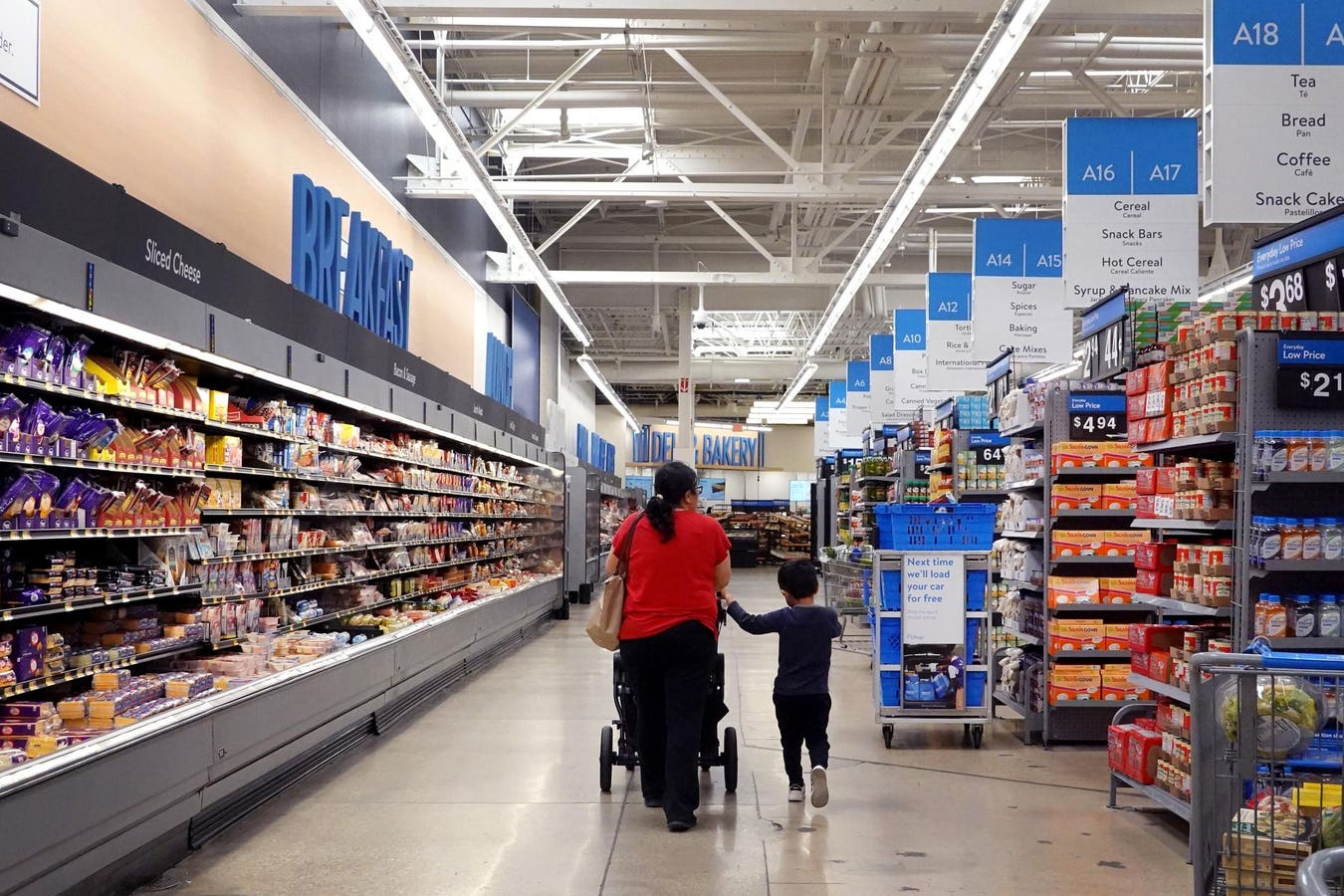Walmart’s
Walmart
Finding A Balanced Value Proposition
The story of Walmart in the immediate pre-pandemic world often seemed like a tale of two Walmarts. There was the EDLP grocer known nationwide, and there was the very different Walmart discussed in the trades. The Walmart of Silicon Valley and Marc Lore. The Walmart that acquired hip D2C brands (ModCloth, Bonobos and a handful of others). The Walmart with a tech incubator.
Some of Walmart’s tech focus from this era paid off big. Beginning in the pandemic, when grocery pickup and delivery across the board got a boost from customers trialing the services, Walmart’s e-grocery emerged as a go-to solution; it offered a separate, reliable, grocery-focused selection with the possibility of ship-from-store. Shoppers, whose reflexes had been wired over a decade to click on Amazon
Amazon
Maybe some of the more ambitious bets on tech, rebranding and moving upmarket were an over-correction for a retailer that, by the early-2010s, had a reputation problem, seen by its critics as a mom-and-pop killing corporate juggernaut with a bleak in-store experience. Today the public approximation of Walmart seems to have improved, and it’s worth noting that the tech and rebranding initiatives that have remained and succeeded have been the ones that didn’t stray too far from Walmart’s basic brand promise: low-priced grocery.
Even as it continues to announce more shopping-focused tech initiatives (which I might look at in another blog), the chain has, since inflation hit, been touting its price promise and the lengths it is going to keep it. But price isn’t the only thing that matters, even in an inflationary era. When Walmart was seen as too cheap, it developed a bad reputation. Which is why it’s right for bettergoods to aim for the balance between quality and affordability.
How Walmart is, is Not, And Could be Like Aldi (Sort of…)
In the last few decades store brand groceries have come a long way from those iconic, economy-sized bags of cereal stacked next to the nationals. The branding is better, the product is better, and it seems no coincidence that Aldi, its shelves notoriously packed with stealth, budget private label goods that sometimes rate as better than the national brands they resemble, is being declared grocery’s current big winner by outlets like The Wall Street Journal and QZ.
Aldi, which caught on with shoppers across income categories during the last economic downturn, is now pursuing an 800-store expansion. And while a decade ago the grocer did begin made some moves upmarket to appeal to a demographic that wasn’t solely shopping based on budget, adding fresh food to the assortment and modernizing the store layout, it stuck to its foundational value proposition; a surprising degree of product quality for the price.
Granted Aldi has something over Walmart; a vibe. It’s the almost indulgently no-frills element of the store experience, embodied in its Aisle of Shame. For Walmart, the spartan store experience has long scanned as a bug, not a feature. Its private labels are also a bit of a different breed from bettergoods, with offerings close to national brands rather than entirely brand new. But Aldi’s post-2008 appeal demonstrates that in tough times, customers search for deals in new directions. The “new Walmart shopper” is probably not what the chain was reaching for with Jet black, but it could well be some iteration of the upmarket shopper that defected from Whole Foods to Aldi. Cash-strapped and health conscious; not snooty about cheap products but not thrilled with a gazillion preservatives.
What Makes For Private Label Success
Bettergoods, according to the press release, makes “quality, trend-forward and chef-inspired food approachable and affordable.” Product images show more modern design elements, a more modern logo, an aesthetic much more associated with organics and other upscale categories than the traditional look and feel of Sam’s Choice. Most of the products will be below $5, which is a promise Walmart should stick to.
The products thus far revealed from the 300-item line are interesting. Some (like hot honey seasoning, and guacamole-flavored chips) are a little trend-dependent. Others are definitely popular; products like coffee and oat milk, are all items one sees at an almost bafflingly broad range of price-points elsewhere to begin with, with prices of all varieties trending reliably upward for the past few years. Finding a consistently cheap, high-quality variety could make a shopper segment happy.
I’ve noticed private labels going off the rails before, with prices climbing as products get Whole Foodsier in appeal. At Target
Target
Read the full article here





